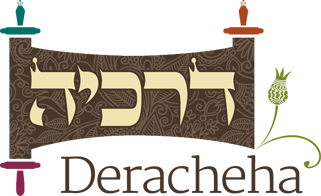This question both has personal aspects and touches on community norms. Questions like these are often best addressed through discussion with an authority with knowledge of the questioner and her community. Our response is intended as a preliminary discussion of the issues.
If we understand you correctly, the kippa fall you have in mind covers the top of the hair something like a wig, but blends in with a woman’s hair, which she leaves out underneath.
One can make a halachic argument to permit head-covering with this type of a fall so long as it covers most of the head and not too much hair is left out. (For many halachic authorities, this is not more than a tefach. For more discussion of how much, please see Head-Covering IV.) Using a kippa fall is better than leaving the head fully uncovered.
However, taking the rationales behind the mitzva into consideration, a kippa fall is less than ideal. On the one hand, it is hard to consider a kippa fall worn alone as a form of attire for the head. On the other hand, if we look at it instead as modest hair-covering, it is often indistinguishable from the hair like a wig, but (as typically worn) it lacks the key attribute that those who permit wigs generally emphasize: providing fuller coverage of the hair. We are not aware of halachic authorities who have explicitly endorsed using a kippa fall.
See more Q&A here.

